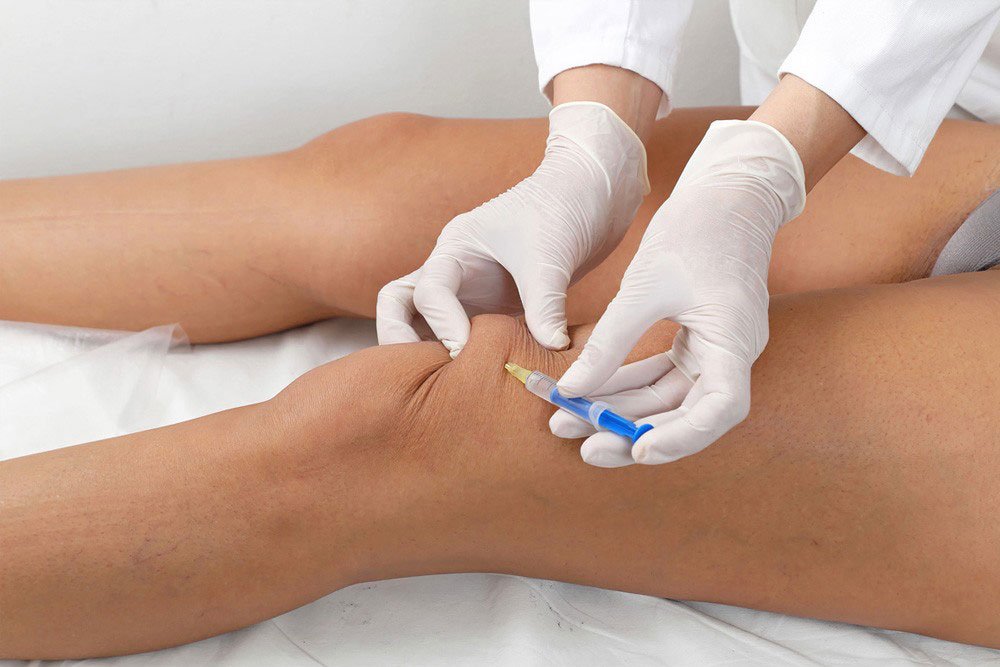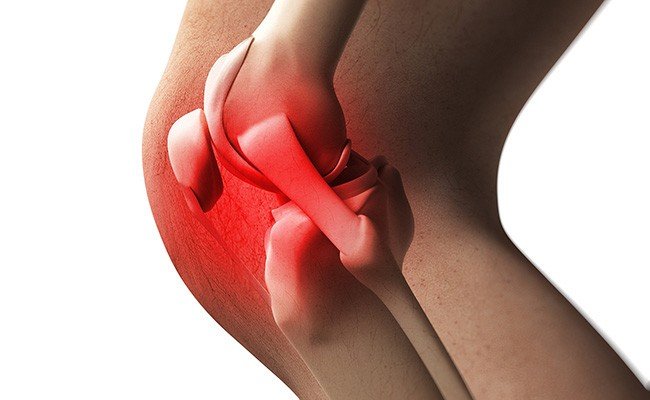New Research on PRP Knee Injections Indicates Multi-Dimensional Facets

New research shows that choosing the right variants in the preparing and administering of PRP knee injections can affect the outcomes. These variants include the kind of PRP, dosage, treatment site, technique of obtaining the PRP, additives used, and age and BMI of the patient.
The efficacy of PRP knee injections is proven beyond doubt. Extensive studies conducted by various medical institutions and patients experiences have demonstrated that the treatment is indeed effective.
New research conducted by the National Center for Biotechnical Information now shows that administering the PRP injection for knee osteoarthritis involves several other factors.

Some of the variants that researchers took into consideration and their findings:
- Optimum Type of PRP – Using the right kind of PRP can bring about more effective results. Doctors have found that Leucocyte-Poor Platelet Rich Plasma (L-PRP) works best for knee osteoarthritis. L-PRP can induce the maximum production of cells that form cartilage and buffering agents.
- Optimum Technique for Obtaining PRP – Doctors have always believed that it is essential to process the PRP serum and inject it on the spot to preserve its integrity. In case of PRP knee injections, new research shows that doctors can create multiple doses of the injection and freeze it. Later, after thawing the PRP, they can inject it into the treatment site with effective outcomes. Scans showed that the cartilage and lubricating agents regenerated as expected. This new development could lower PRP costs.
- Age and Body Mass Index (BMI) of Patients – Younger patients with a low BMI seem to respond better to PRP therapy for joint pain. This factor proves that it is advisable to begin treatments as soon as the osteoarthritis is detected.
- Combining PRP with Other Therapies – PRP is certainly effective in helping patients by itself. But, a combination of Hyaluronic Acid (HA) and PRP gives better and more lasting results. Researchers are also exploring the benefits of using gelatin and chitosan to enhance the effects of PRP.
- Dosage of PRP – In the case of PRP, experts have found that less is more. A dosage of 5 ml of PRP given for six months at intervals of one month each is sufficient to get effective results.
- Placement of the PRP – Previously, doctors inserted the PRP serum into the space in the knee joint to stimulate the growth of cartilage and synovial or lubricating agents. However, new research shows that placing the PRP serum inside the bone marrow may have more beneficial outcomes.
- Using PhotoActivated PRP (PA-PRP) may be a better option
Latest findings clearly show that by exploring the variants and refining the therapy, doctors can continue to achieve more advanced outcomes of PRP knee injections.